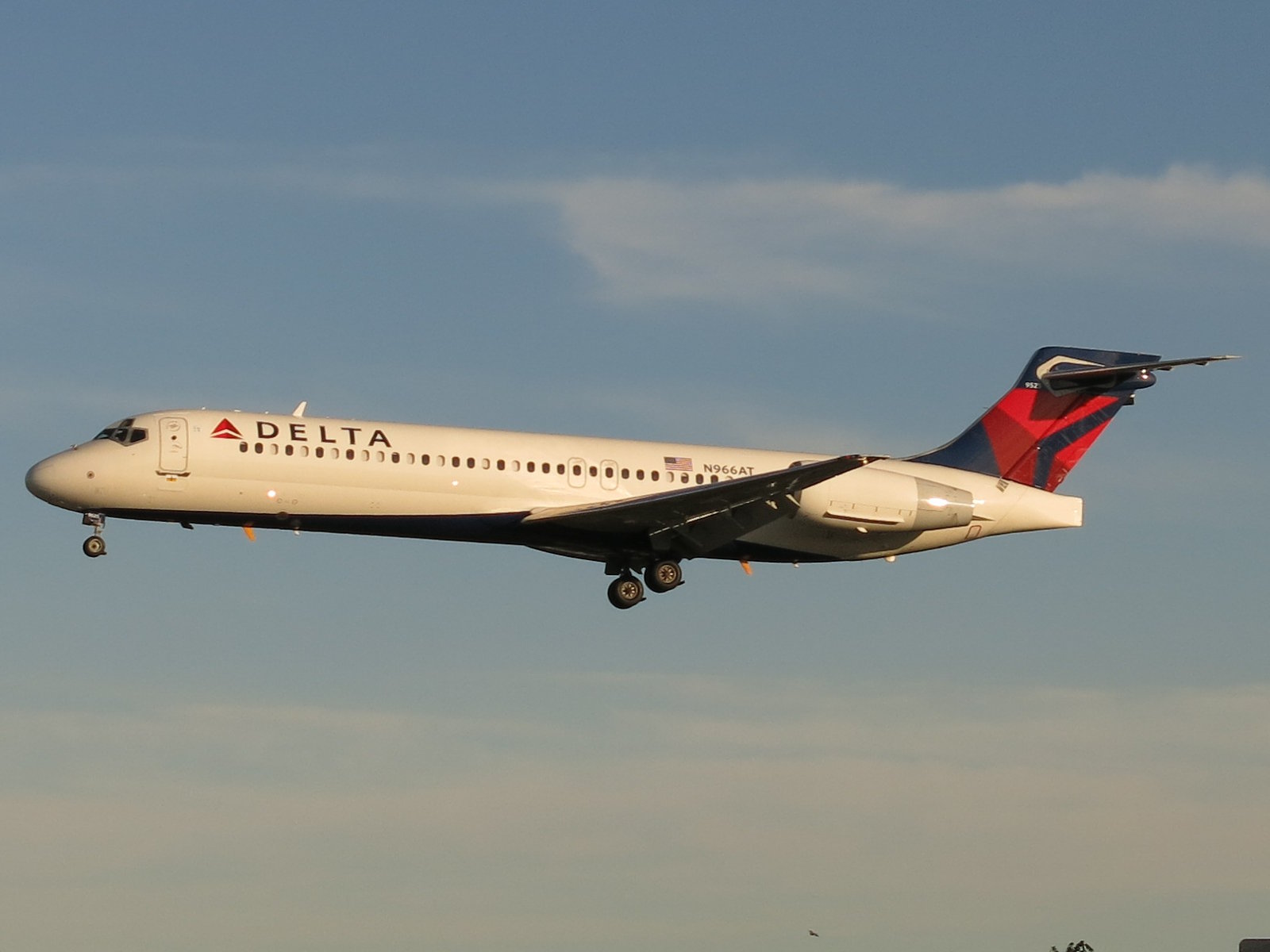Leeham News and Analysis
There's more to real news than a news release.
There's more to real news than a news release.
 Leeham News and Analysis
Leeham News and Analysis
- GE testing of giant GE9X engine aims for maturity at entry into service June 30, 2025
- Bjorn’s Corner: Air Transport’s route to 2050. Part 28. June 27, 2025
- Parent agency, FAA often at odds as politics outweighs safety June 26, 2025
- Electric Flight and the Ugly Duckling June 25, 2025
- Engine makers tout “Plan A” but have “Plan B” backups in R&D June 23, 2025
The 717 and A220, Part 2: Operational economics comparison
Subscription Required
By Bjorn Fehrm
Introduction
December 10, 2020, © Leeham News: Last week, we introduced the Boeing 717 and its closest replacement size-wise, the Airbus A220-100. Delta, a major 717 customer, is accelerating the replacement of the 717 with the A220-100 under the pressure of the COVID19 pandemic.
We use our performance model to understand why. What are the gains when going from the 717 to an A220-100?
Summary
- The 717 version of the DC-9 architecture produced a rugged and well-liked short-haul airliner. It's five abreast cabin is preferred over the six-abreast Boeing 737 and Airbus A320.
- It's size-wise in the same 115 seat bracket as the 15 years younger Airbus A220-100. It's 40 years old airframe architecture holds up well compared to the modern A220.
- The engines of the two are also 15 years apart. But the Rolls-Royce BR715 of the 717 was originally designed to fly on fast business jets, necessitating a low by-pass ratio design. This is a handicap when used on lower speed airliners. It shows against the high bypass ratio Pratt & Whitney PW1500G of the A220.
To read the rest of the article Login or Subscribe today.
Category: Airbus, Boeing, Bombardier, CSeries, Pratt & Whitney, Premium, Rolls-Royce
Tags: 717-200, A220-100, Airbus, Boeing, Bombardier, CS100, CSeries, DC-9
Email Subscription
Join 6,090 other subscribers


